The Enduring Allure of the Little Black Dress
Chanel's Couture to Hepburn's Hollywood - Woven with Threads of Intellectual Property
In the tapestry of fashion, few garments hold a candle to the iconic Little Black Dress (LBD)—a piece that encapsulates the quintessence of style in its purest form. Like the final brushstroke on a masterpiece, the LBD completes a wardrobe, lending an air of mystery and sophistication to the wearer. Its allure is timeless; its appeal, is universal.
The Birth of an Icon: History of the Little Black Dress
Coco Chanel: The Visionary
Picture it: the Roaring Twenties, a decade ablaze with jazz and the defiant clinking of cocktail glasses in clandestine speakeasies. In this era of vibrant change, Gabrielle "Coco" Chanel emerges as a beacon of fashion innovation. With her discerning eye for timeless design, Chanel unveiled a concept that would revolutionize women's wear—the Little Black Dress, or LBD as it would affectionately become known.
Before Chanel's intervention, black was a hue reserved for mourning, a symbol of loss and bereavement that whispered of widowhood rather than whispered of haute couture. Chanel, in her characteristic defiance, saw an opportunity to redefine black as a color of elegance and power rather than one of sorrow. She envisioned a dress that would transcend social classes, occasions, and time itself.
Chanel's LBD first graced the pages of American Vogue in 1926. The fashion bible likened it to the Ford automobile—another icon of the era—both for its ubiquity and its reliability. It was an “uniform for all women of taste,” as Vogue so aptly put it. Chanel's LBD was minimalist yet striking, devoid of the excessive frills and flounces that had dominated the wardrobes of women in the previous decades. It was a dress that could be dressed up or down, accessorized or left unadorned, and suitable for women of every age.
This LBD was a stroke of genius, an act of democratization of fashion. Chanel's design philosophy was deeply rooted in the belief that luxury must be comfortable, otherwise it is not luxury. The LBD was crafted to be just that—an accessible luxury, a staple that promised to be as comfortable as it was chic.
As the years progressed, Chanel's LBD became more than just a garment; it became a canvas on which women could paint their personalities. It was adaptable to the times, a chameleon of style that could fit into every wardrobe, yet it stood out in its simplicity. The LBD was an emblem of the modern woman—self-assured, elegant, and pragmatic.
Coco Chanel’s LBD shattered the convention that black was for mourning. Instead, she elevated it to a symbol of a woman’s independence—a reflection of the shifting social mores of the time. It was both a fashion statement and a feminist statement, allowing women to claim ownership of their bodies and their choices.
Through Chanel's vision, the LBD came to embody an ideal of feminine allure that was at once mysterious and revealing, simple and complex, accessible and exclusive. It was this duality, this ballet of contrasts, that made the Little Black Dress a legend in its own right—a sartorial paradox that would never go out of style.
Cinematic Immortality: "Breakfast at Tiffany's"
Audrey Hepburn's Timeless Moment
A New York City dawn, the serene echo of Henry Mancini's "Moon River," and Audrey Hepburn's sylphlike figure in a creation by Hubert de Givenchy—this is the scene that immortalized the LBD. "Breakfast at Tiffany's" wasn't just a movie; it was a cultural reset button. Hepburn's Holly Golightly, with her LBD and pearls, became the archetype of modern elegance, etching the dress into the bedrock of pop culture.
In the famous opening scene of Blake Edwards' movie, Hepburn's character, Holly Golightly, is filmed getting out of a yellow cab in a long black satin dress and with a coffee and croissant in hand while observing luxury jewelry store Tiffany and Co.'s windows. Considered one of the most influential dresses in the history of 20th century clothing and costume design, Givenchy's black cocktail-style frock was the most modern interpretation of the little black dress, following French designer Coco Chanel's introduction of the concept in the 1920s.
Riccardo Tisci, the creative director of Givenchy from 2005–2017, once said of the dress:
“It was 1961 and this dress is in a way very ’60s. The front is severe, elegant, very clean, but at the back there is the very interesting neckline, somewhere between ethnic and Parisian; a softness that other designers in that time didn’t have.”
FUN FASHION FACTS
The original version of the Givenchy black dress, which was actually shorter and never worn in the film, has a life of its own, currently residing in the house of Givenchy's archives. Another copy lives at the The Garment Museum in Madrid, and a third was ultimately sold at a Christie's auction in 2006 and purchased by an anonymous buyer for the final sale price of 467,200 pounds ($649,641), with the profits being donated by Givenchy to the City of Joy Aid to benefit those in need in Calcutta, India.
Over the years, the little black dress has been revamped by designers including John Galliano, Alexander McQueen, Riccardo Tisci, Clare Waight Keller, and most recently, Matthew Williams, all of whom carried on the creative direction of the illustrious French house in their own way. From McQueen's leather version that modernizes the shift silhouette to Waight Keller's more literal interpretation for her first Haute Couture collection at the helm of the storied fashion house, each designer put their own spin on the iconic look.
Ultimately, Hepburn's little black dress has reinforced its status as a pop culture and fashion staple thanks to other music and movie stars referencing the original style, such as Ariana Grande for Givenchy's Fall/Winter 2019 campaign and Natalie Portman for Harper's Bazaar November 2006 cover photo in which she wears one of the three original versions.
A Muse for Generations
The opening scene from "Breakfast at Tiffany's" is as much a cultural touchstone as it is a fashion moment, etching the Givenchy LBD into the collective consciousness. Givenchy's design was not merely a dress but a statement, one that married the grace of its wearer with an undercurrent of defiance. Givenchy's design for Hepburn was a radical departure from the norm. It was a dress that broke the mold, speaking to the modern woman's desire for a fashion that was both functional and fabulous. This wasn't just another cocktail dress; it was the dress—the ultimate symbol of cosmopolitan glamour.
Link to: 10 Iconic Little Black Dress Looks
These designers have not only honored the lineage of the LBD but have also infused it with their own creative energies. The dress's inherent versatility has allowed it to be a canvas for innovation, echoing the changes in fashion and society at large. It has since become a muse, whispering in the ears of fashion and costume designers alike, its influence as pervasive as ever.
The Legal Tapestry: Fashion IP
Intellectual property law in the United States offers various protections that are crucial in the fashion industry, where creativity and innovation are key to brand identity and commercial success. Before we explore the intricacies of design protections related to the iconic little black dress, let's take a moment for a refresher on Intellectual Property (IP) Law. This will set the stage for a better understanding of the legal frameworks that safeguard creative designs.
The main types of intellectual property relevant to fashion are copyright, trademarks, trade dress, and patents. Each type serves a different purpose and has its own set of rules and applications.
1. Copyright
Definition and Rules: Copyright law protects original works of authorship, which in the context of fashion can include designs, sketches, prints, patterns, and the clothing items themselves. The key is that the work must be original and possess some degree of creativity. It must be fixed in a tangible medium of expression, meaning the design must be embodied in something physical (e.g., drawn on paper, saved on a computer, sewn into a garment) to be protected.
However, in the fashion industry, this form of protection is less often utilized because many fashion items are considered functional products, which are not eligible for copyright protection. Furthermore, copyright does not protect against a similar or derivative work unless it copies a significant and protectable portion of the original work, making it less useful for fashion designs that can be easily altered.
Fashion Law Examples: The iconic case of Star Athletica, L.L.C. v. Varsity Brands, Inc., clarified the applicability of copyright protection in the fashion industry. The Supreme Court held that a feature incorporated into the design of a useful article is eligible for copyright protection if the feature (1) can be perceived as a two- or three-dimensional work of art separate from the useful article, and (2) would qualify as a protectable work if imagined separately from the useful article.
2. Trademarks
Definition and Rules: Trademarks, on the other hand, are heavily relied upon in fashion. They protect brand names, logos, and other identifiers that distinguish the source of goods or services. The key is that these elements serve as identifiers of the source of goods. Trademarks do not expire as long as they are in use and their renewal fees are paid, making them a valuable long-term tool for brand identity. In the competitive landscape of fashion, where brand recognition carries significant weight, trademarks become a critical asset.
Fashion Law Examples: A notable case is Christian Louboutin S.A. v. Yves Saint Laurent America Holding, Inc., where the court recognized Louboutin's red sole as a distinctive trademark, protected under trademark law, when used in contrast with the remainder of the shoe. This case highlighted the recognition of color as a trademark in the fashion industry, provided it has acquired a secondary meaning and is not functionally required for the type of product.
3. Trade Dress
Definition and Rules: Trade dress is a subset of trademark law and refers to the visual appearance of a product or its packaging that signifies the source of the product to consumers. This can include the design, shape, color, or texture of a product.
Two iconic examples of successful trade dress registrations are the shape of the Coca-Cola bottle and the blue Tiffany box.
The Coca-Cola bottle, with its unique curves and fluting, is instantly recognizable and has been protected as trade dress for many years. Its silhouette is so distinctive that even without any branding or labels, consumers can identify the product and its source. The design of the bottle has become synonymous with the Coca-Cola brand itself, demonstrating the power of trade dress as a tool for distinguishing products in the marketplace.
Similarly, Tiffany & Co. has trade dress protection for the color and design of its packaging, particularly its robin's-egg blue boxes. The Tiffany Blue color is registered with the United States Patent and Trademark Office (USPTO) and is used exclusively by Tiffany for its jewelry packaging and branding. This particular shade of blue, when used in relation to jewelry boxes, is immediately associated with Tiffany & Co., signifying quality and luxury.
In fashion, trade dress can be invoked to protect the overall look of a particular item when it has become associated with a brand in the minds of consumers. However, proving that a particular design serves as a brand identifier can be challenging and requires that the design has secondary meaning to the public.
Fashion Law Examples: A famous case is Gucci America, Inc. v. Guess?, Inc., where Gucci alleged that Guess infringed on its trade dress of certain products, including a line of shoes featuring a specific combination of stripe and logo patterns. The court recognized the protection of trade dress in the fashion industry, emphasizing the importance of distinctive design elements in branding.
4. Patents
Definition and Rules: Patents protect inventions, which can include new and useful processes, machines, manufactures, or compositions of matter. In the context of fashion, patents might cover functional aspects of garments, accessories, or footwear, including innovative fabric technologies, new garment construction techniques, or unique mechanisms in wearable technology.
Patents, while offering a strong level of protection, are less often used in the fashion industry for several reasons. Firstly, obtaining a patent is a lengthy and costly process, involving detailed descriptions and claims, often requiring legal expertise. The fashion industry moves at a fast pace, and the time it takes to obtain a patent might render the design obsolete by the time it's granted. Secondly, patents have a limited lifespan—usually 20 years for utility patents and 15 years for design patents from the date of filing—which is a relatively short time in the context of brand legacy. Finally, the requirement for novelty and non-obviousness means that many fashion designs, which often build upon existing trends, may not qualify for patent protection.
Fashion Law Examples: An example would be the patent obtained by Spanx for its body-shaping undergarment designs, which protect the functional aspects of their construction. These patents prevent competitors from making, using, or selling the patented invention without permission.
In conclusion, the choice of IP protection in the fashion industry is a strategic decision that balances the nature of the protection offered, the cost and process of obtaining it, the duration of protection, and the specific business goals and assets of the fashion brand. Each type of IP serves a different purpose and offers distinct advantages and disadvantages, leading to their varied use and reliance within the industry.
The Timeless Little Black Dress: A Case Study
The Little Black Dress (LBD), epitomized by Coco Chanel's revolutionary design and later immortalized by Audrey Hepburn in "Breakfast at Tiffany's," serves as an intriguing case study in this context. The LBD's simplicity, elegance, and versatility have cemented its status as a wardrobe staple across generations. However, when considering legal safeguards, arises the question: Is it possible to secure legal protection for the Little Black Dress?
Intellectual Property and the LBD
The LBD's fundamental design—a simple, black dress—is too generic and functional to be protected indefinitely by IP laws. While specific, unique interpretations of the LBD by designers like Chanel or Givenchy may initially have some protections, the basic concept of a black dress does not.
Both Chanel and Givenchy have trademarked their logos—the interlocking 'CC' of Chanel and the four Gs of Givenchy—which are emblematic of their brand's heritage and luxury status. These trademarks are meticulously applied to products, packaging, and marketing materials, serving as a clear indicator of the product's origin and quality. Chanel's use of tweed, specific patterns, and the classic combination of black and white in their garments, or Givenchy's elegant, sophisticated silhouettes, become associated with the brand even if the individual garment designs are not directly protected.
These elements, coupled with the brand's trademarked logos and symbols, create a comprehensive brand identity that is legally safeguarded. Consumers recognize and seek out these brands not just for the individual designs, but for the assurance of quality, heritage, and style that the brand represents. As such, the LBD, in its most basic form, has long been a part of the public domain, allowing for countless reinterpretations and adaptations over the years.
Legal Elegance
By understanding the intricacies of IP law in fashion, one gains a deeper appreciation for the legal craftsmanship that goes into protecting a design as seminal as the LBD. While Chanel's vision gave birth to the LBD and Givenchy's interpretation immortalized it, it is the mastery of intellectual property law that has allowed designer’s creations of these dresses to retain their distinguished status in the pantheon of fashion.





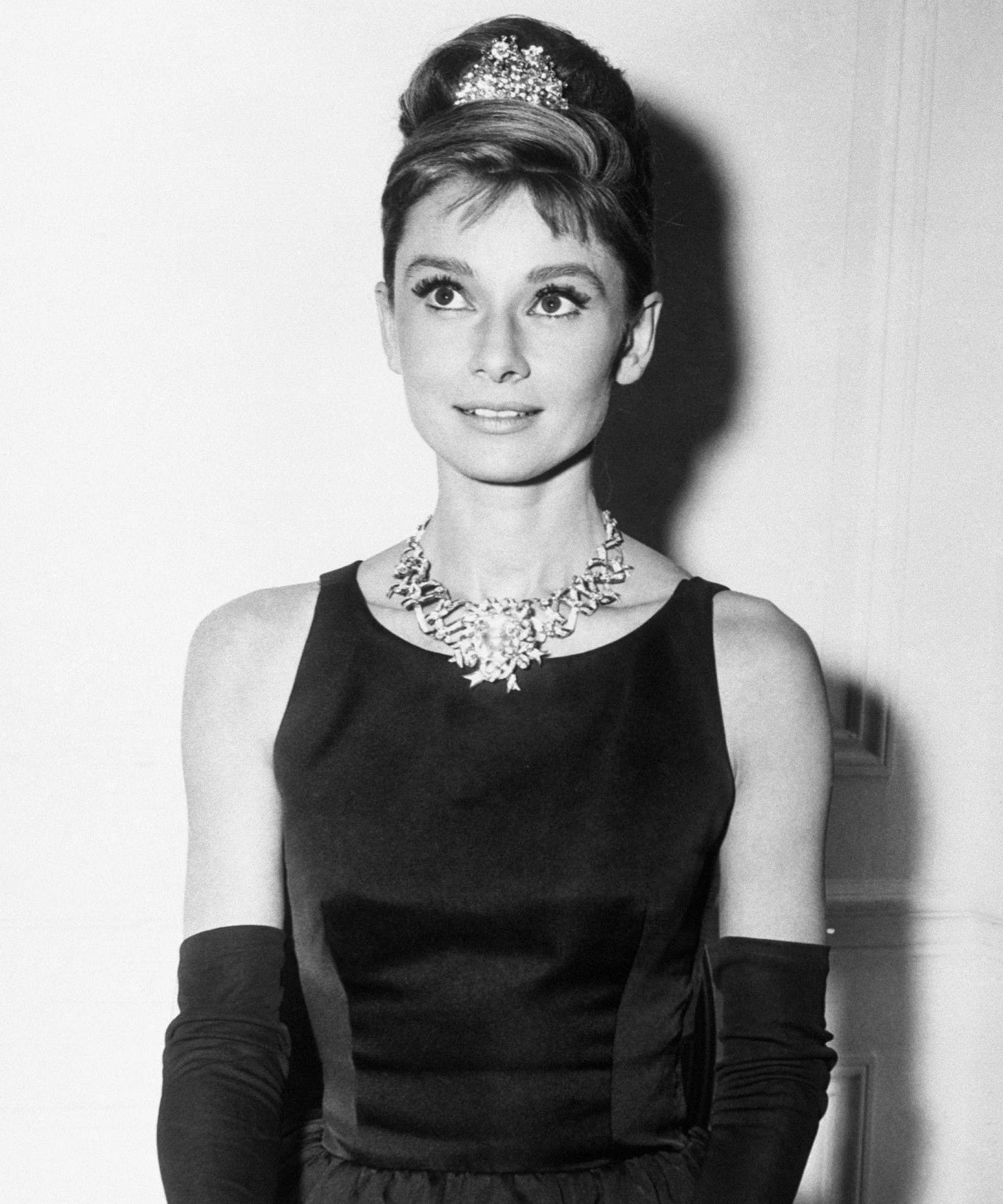

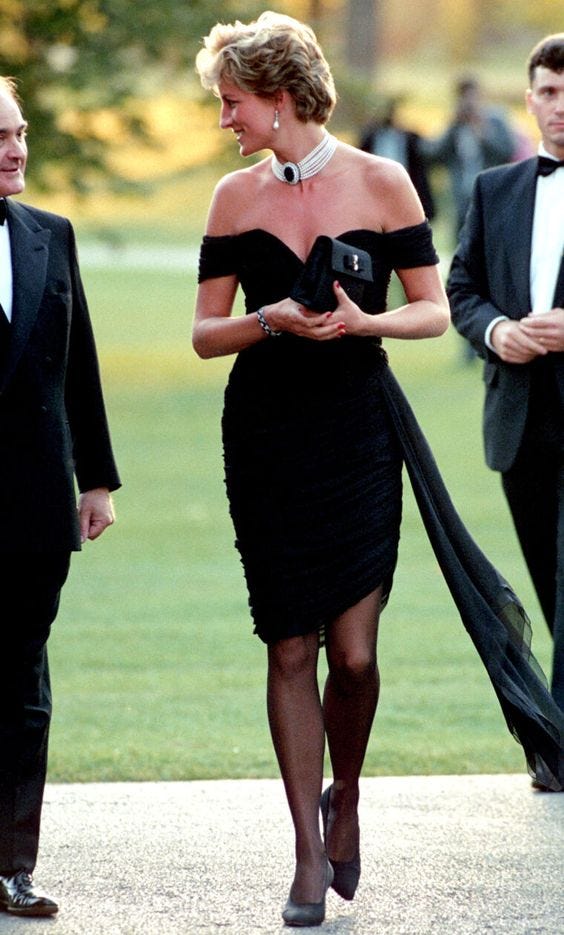
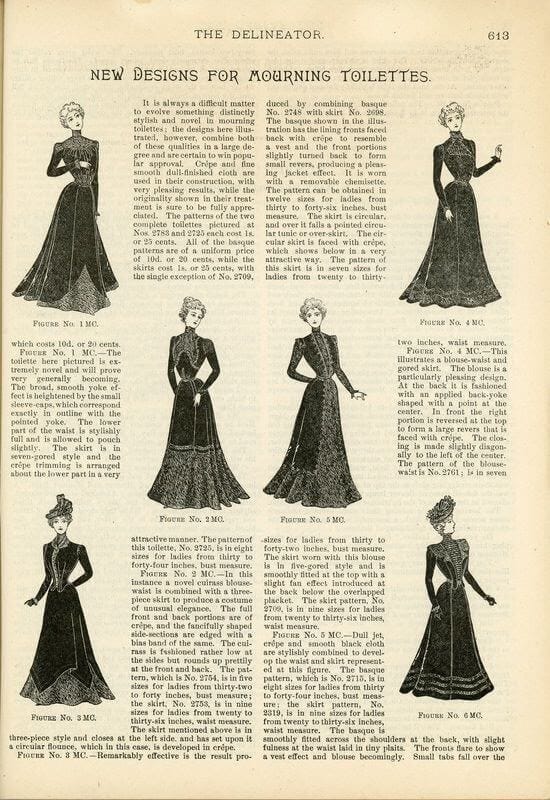
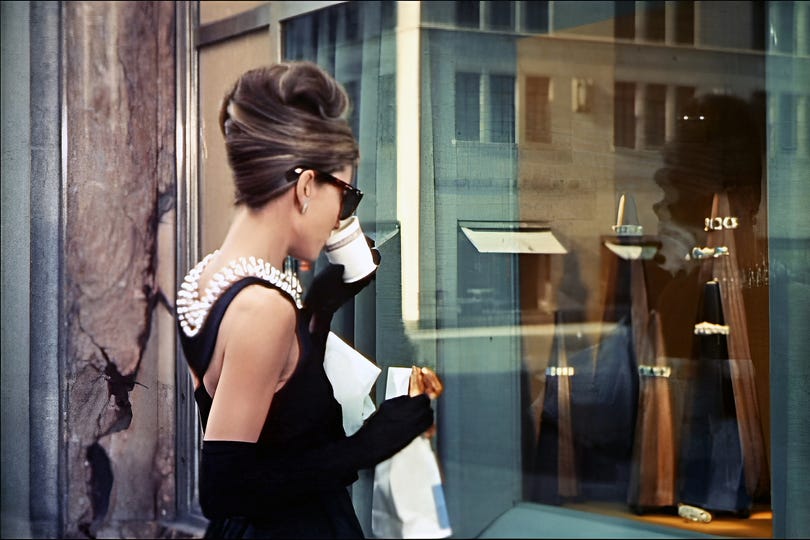









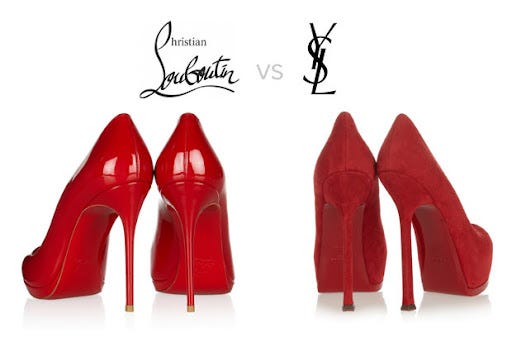

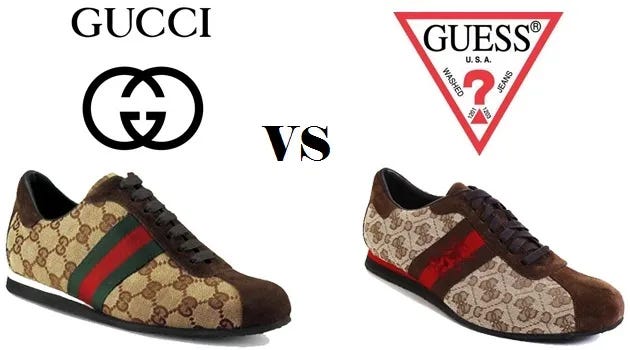




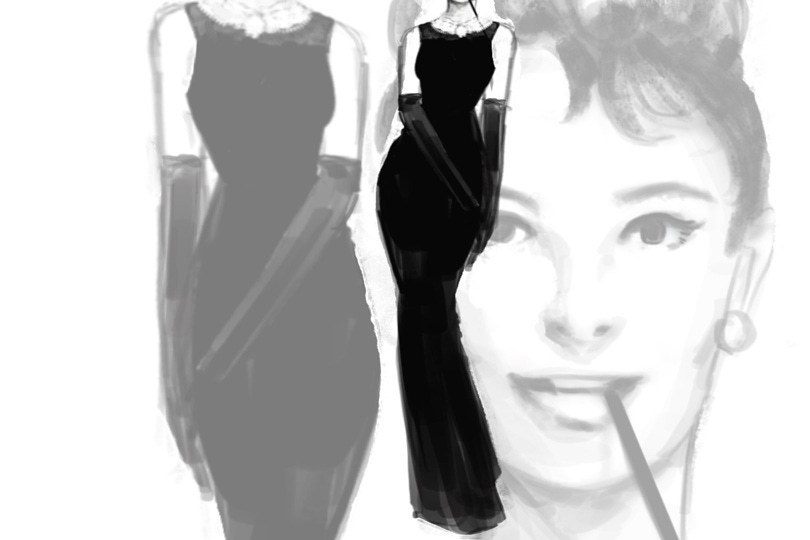
I love IP.
The leverage you can build is incredible.